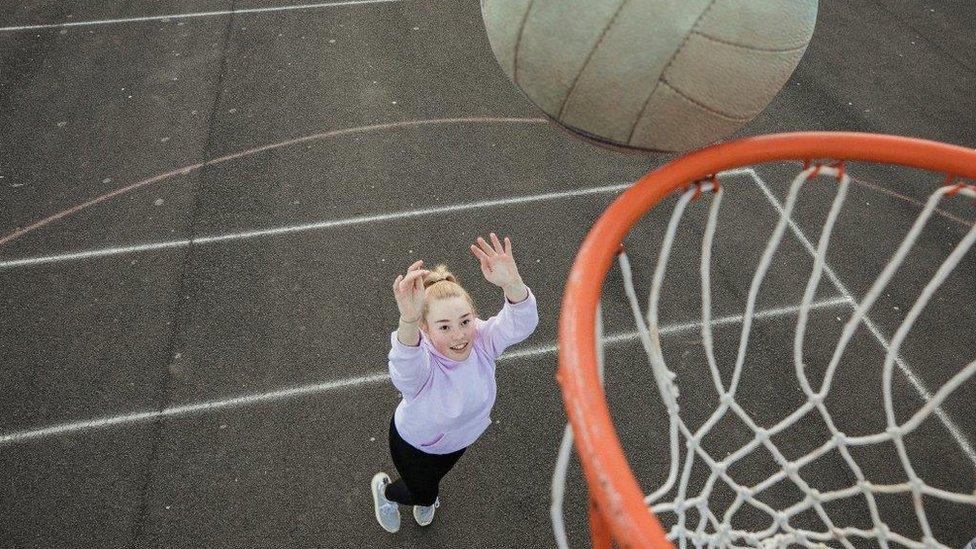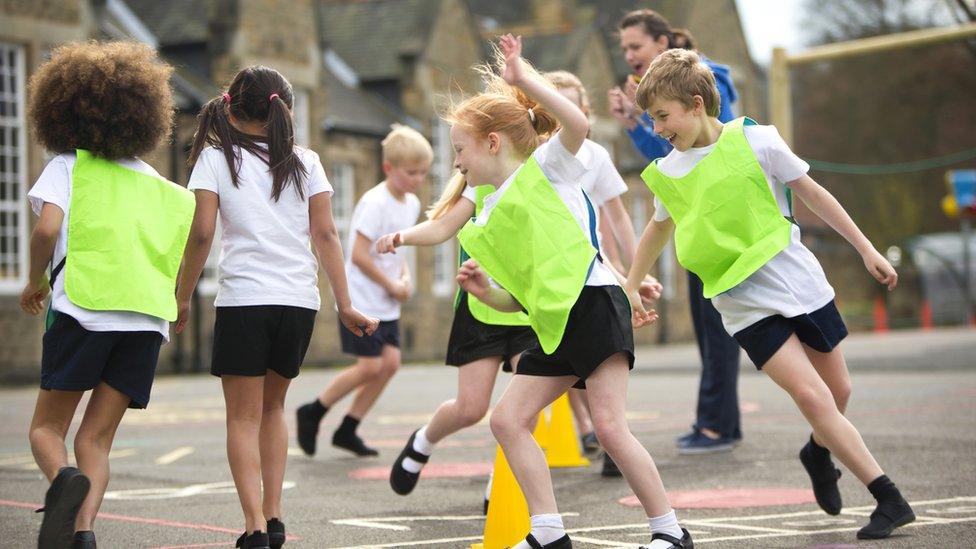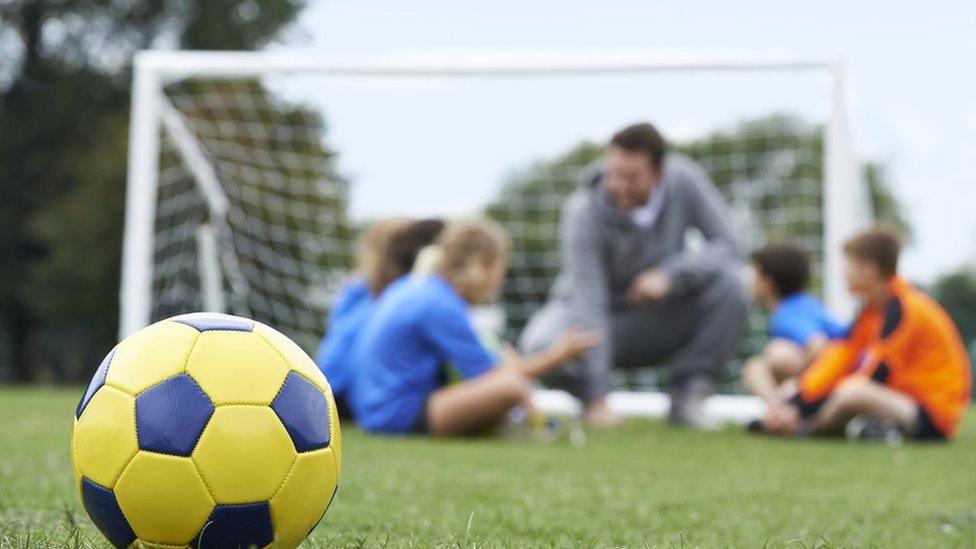Poor children lose out on exercise, research suggests
- Published

Sport England also found fewer girls than boys were getting enough exercise
When it comes to getting enough exercise, wealthier children are beating their poorer classmates, research from Sport England suggests.
Only about two in five children (42%) from low-income homes do the recommended 60 minutes' exercise a day.
But this rises to 54% for children from better-off homes, a survey of more than 130,000 five- to 16-year-olds suggests.
"Significant inequalities remain in the areas of family affluence, gender and race," Sport England says.
Children from more affluent homes also enjoy exercise more, the online survey of 132,835 children and 4,480 parents indicates, with 43% of those from poor homes saying they enjoyed being active, compared with 59% of those from wealthy families.
There is also an exercise gender gap, the researchers say, with about half of boys but only two in five girls meeting the recommended minimum for sport and exercise.
The researchers also found the black and Asian children were less likely to be doing enough exercise than the rest of the children in their age group.
The good news is overall exercise levels have improved slightly since 2018.
Almost half of all children (46.8%) now take part in an average of 60 minutes of physical activity a day, up 3.6% on last year's figure of 43.2%.
Government guidelines recommend children and young people get 30 minutes of their daily physical activity during the school day and a further 30 minutes outside of school.
And Sport England says the survey results indicate the rise in exercise levels has been driven by more children being active outside school.
Of the children who responded to the questionnaire:
40.4% did 30 minutes or more a day at school
57.2% did 30 minutes or more a day outside school
But almost a third (29%) of the children were doing less than 30 minutes of exercise whether in or outside school, the research found.
The Active Lives Children and Young People Survey was conducted by Ipsos MORI on behalf of Sport England in the school year 2018-19 with online surveys completed in classrooms across state primary, state secondary and independent schools.
- Published12 November 2019

- Published6 December 2018
